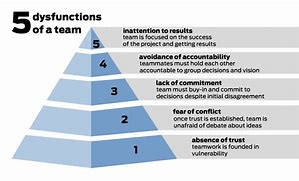
THE SOUL OF A NEW MACHINE
By Tracy Kidder
Back Bay Books, 2000, 293 pages
The work is a tale of an upstart computer company taking on the big boys. Specifically, in the early 1980s Data General Corp (DGC) created a minicomputer as the market was just taking off. Giant IBM was left in the lurch as they concentrated on large-scale super-computers. This book traces the conception, design and build of the Eclipse model (internally called the Eagle). Kidder also speaks to the technology that led to the possibility of a minicomputer, the microchip.
Internal politics, the cult of personality, and subterfuge are just a few of the story lines traced in this work. Just as fascinating is what happens after the model becomes a hit. Sales and Marketing take over and the engineers based in Massachusetts who created the asset suddenly have no direction in their careers. Along the way there is an interesting combination of cooperation and competition between the hardware chip designers, and the micro-code firmware writers. Aside from this mini-competition, and the strategic competition with the likes of IBM, there is an intermediate layer race as well. An entirely different group of engineers at DGC in South Carolina were working on a different model. The other group was well funded while the Eagle group were scraped together by a few tenacious leaders.
The work is a fascinating look into an industry and culture most of us only vaguely aware of. Despite how much technology is discussed, Kidder is able to make it understandable for the rest of us.





 RSS Feed
RSS Feed